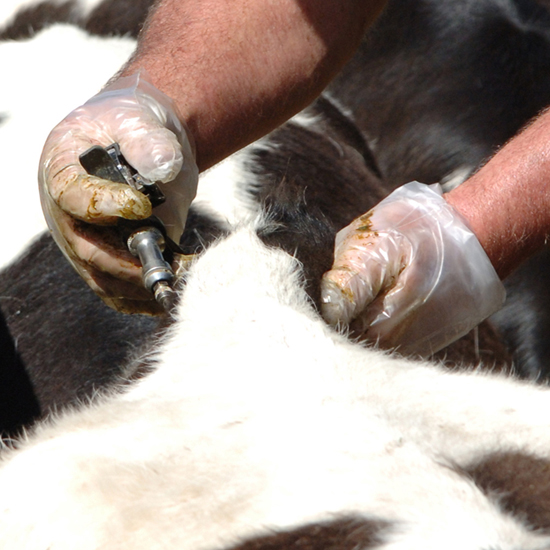Bovine Tuberculosis
1 min read
Bovine tuberculosis (TB) control and eradication is essential to protect the health of cattle herds and the dairy and beef export sectors. The page outlines the TBfree programme in New Zealand, managed by OSPRI, with the aim to eradicate TB by meeting specific objectives for cattle, deer, and possums. This includes measures such as pest management, disease control through testing, and movement restrictions. There are also details of a risk-based approach being introduced, which will change how TB testing and pest control are done, focusing on detailed assessments and controlling key risk areas.
The control and eradication of bovine tuberculosis (TB) is a critical risk management initiative. It works to ensure TB does not pose a threat to the health of our cattle herds, those working with them or the viability of our dairy and beef export sectors.
DairyNZ is the majority industry investor in TBfree’s national tuberculosis (TB) control programme and this is the single largest investment from the milksolids levy.
TBfree (formerly Animal Health Board) manages the National Pest Management Plan for Bovine TB which aims to:
TBfree New Zealand controls the disease through:

To achieve the goal of eradication of TB from New Zealand, the TBfree programme is introducing new ways of running the TB testing and pest control programmes, based on risk. The changes, outlined below, will be phased in over time.
Risk-based testing
The new approach for TB testing will be based on more detailed risk assessments for herds to determine which herds require testing, how often and under what circumstances. The three key factors are:

TB testing
The new approach for controlling pests (mainly possums) will be based on three key factors: